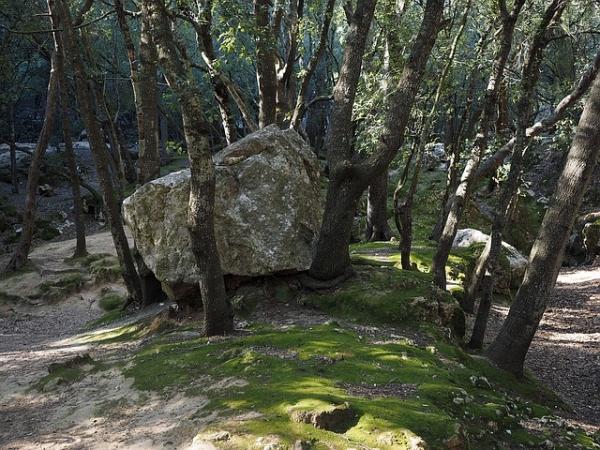By Vanessa Sims
The morning of October 4, 2010 near Birch Creek, Michigan, residents heard a loud noise and felt the earth shake.
Later, many became concerned when they found that a large and mysterious crack appeared deep in the forest. The phenomenon was a mystery until recently when a team of scientists led by Wayne Pennington of Michigan Technological University began to uncover the puzzle and its causes.
The ground was split for 110 meters and was as deep as 1.7 meters in certain places. Calling it a “One-of-a-kind event,” Pennington and his crew also labeled the crack as a “pop-up”–or an “A-tent” for its shape–which can develop in places where the earth ricocheted up when rock overburden is removed in a quarry or after an inlay glacier shrinks. However, scientists explain that it’s been 11,000 years since the last glacier melted in the city of Menominee–and there’s not a single quarry in the area. Pennington and his team published their study in the journal Seismological Research Letters, saying the reason was that they couldn’t find any mentions of present-day pop-ups, especially where people removed massive amounts of rocks before-hand.
To even begin finding answers, the scientists used what is called seismic refraction, which measures the speed of seismic waves as they make their way through the earth’s layers. In the case of the Michigan incident, a sledgehammer was used to strike a metal ball resting in the ground; this captured the resulting wave. After using this technique, scientists discovered a “pattern of refraction speeds [which were] consistent with the intense bending and…fracturing of the brittle limestone of a pop-up feature”(Seismological Society of America). Additionally, they say that the removal of a pine tree, which weighed over two tons, could have had an affect on the rock, allowing it to bend up.
Pennington believes that there is a 60 percent chance of their explanation being correct. The strange feature is technically the first natural earthquake that has occurred in the upper peninsula of Michigan with a magnitude of 1. He also says that, because of this, “no one should be losing sleep.”







